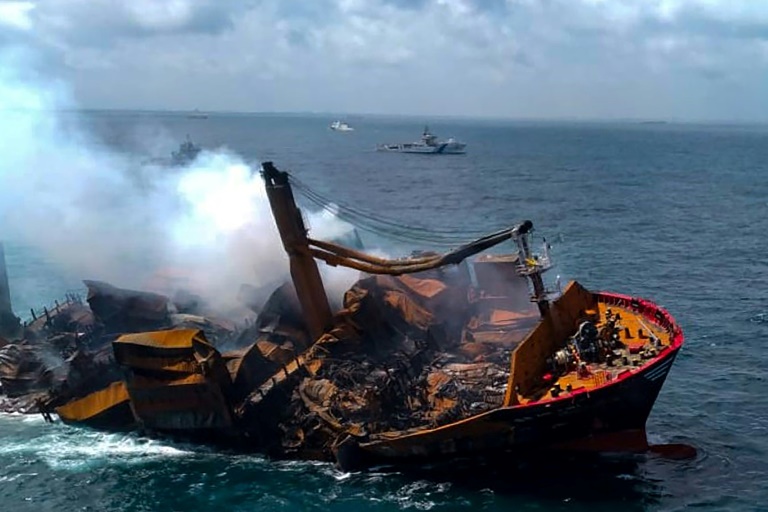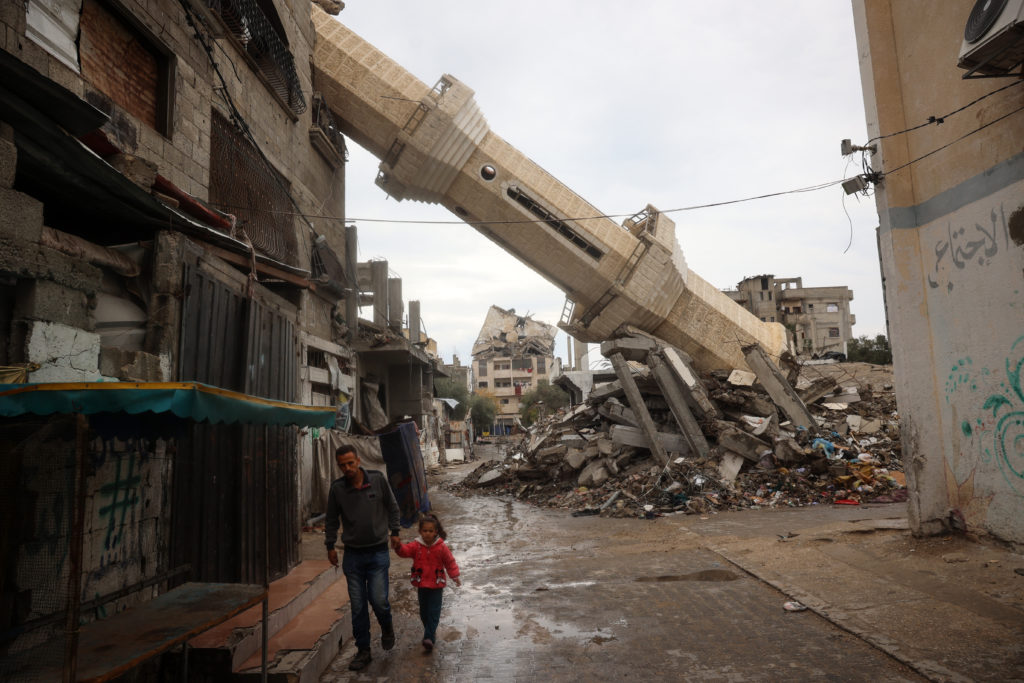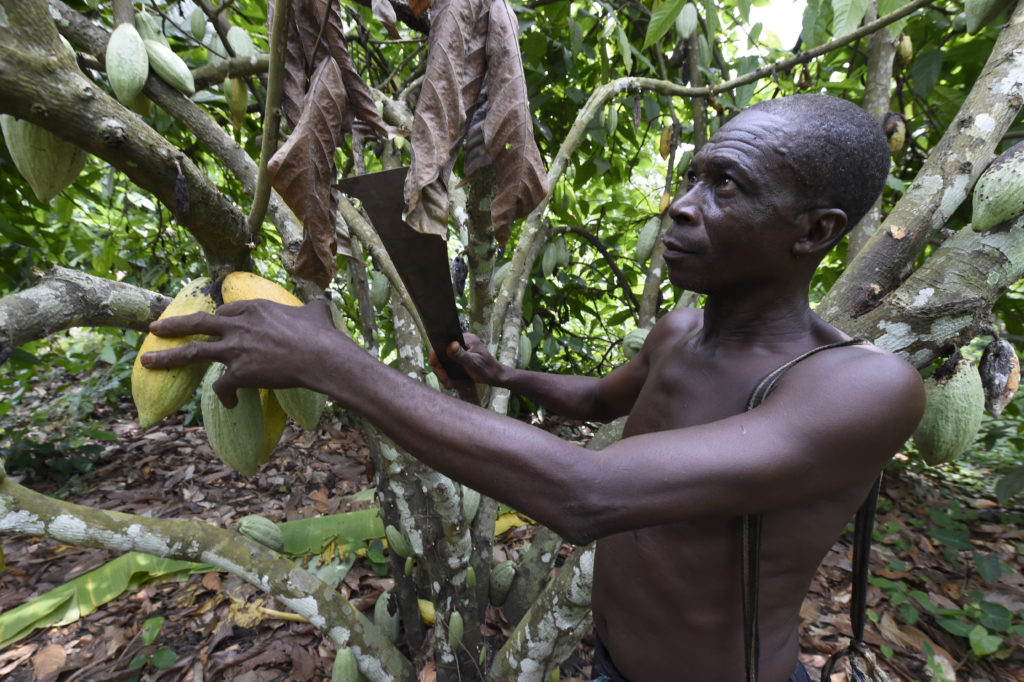Sri Lankan authorities said Thursday they are preparing for the worst-case scenario of a possible oil leak from the burnt-out cargo ship sinking off Colombo’s main harbour.
The Marine Environment Protection Authority readied oil dispersants, booms and skimmers in case of a leak from the MV X-Press Pearl, which has nearly 350 tonnes of oil in its fuel tanks.
The vessel, which burned for 13 days within sight of the island’s west coast, has already caused the country’s worst maritime environmental disaster, littering beaches with huge volumes of tiny plastic pellets.
But now that it is sinking, officials fear an even greater ecological crisis if the ship’s oil leaks into the Indian Ocean.
The bow of the vessel and the bridge are above the waterline while the stern is submerged.
“There is no oil leak from the ship yet, but arrangements are in place to deal with a possible spill which is the worst-case scenario,” navy spokesperson Indika de Silva told AFP.
An Indian coast guard vessel already in the area has equipment to deal with an oil slick before it can reach the shore, according to the Sri Lankan navy, which has requested additional assistance.
The Singaporean operators of the MV X-Press Pearl said the vessel was continuing to slowly sink after efforts to tow it farther from the coast on Wednesday failed.
“X-Press Feeders… can confirm that the ship’s aft portion is sitting on the seabed at a depth of about 21 metres (69 feet), and the forward section is settling down slowly,” the company said in a statement Thursday.
Sri Lanka’s private Centre for Environmental Justice (CEJ) said it feared heavy metal pollution in addition to an oil spill from the Singapore-registered vessel, which was carrying 81 containers of “dangerous cargo” including acids and lead ingots.
“There is a chemical soup in that sea area,” the CEJ’s executive director Hemantha Withanage told AFP.
“The damage to the marine ecosystem is incalculable.”
However, he said the silver lining was that 24 hours after the vessel’s engine room submerged there was no visible sign of the oil leaking.
And Sri Lanka’s navy confirmed that there was no visible bunker oil leak although there was a thin patch of oil on the water, probably from the sludge of burnt lubricants carried as cargo on board.
Some oil was spotted near the beaches of Negombo, about 40 kilometres from Colombo.
– Environmental impact –
The inundation of microplastic granules from the ship’s containers has already forced a fishing ban and prompted concern for the environment.
“The ban is affecting 4,300 families in my village,” said Denzil Fernando, the head of the Sea Street Fisherman’s Association in Negombo.
“Most people live on one meal a day, how long can we go on like this?” Fernando told AFP.
“Either the government must allow us to fish or give us compensation.”
Officials believe the blaze destroyed most of the nearly 1,500 containers on board while some fell overboard.
A cargo manifest showed that in addition to the 81 containers classified as dangerous, it was also carrying a large quantity of lubricant oil.
Authorities believe the fire was caused by a nitric acid leak which the crew apparently knew about from May 11, nine days before the blaze started.
Sri Lanka’s President Gotabaya Rajapaksa asked Australia on Monday to help evaluate the ecological damage to the island, one of the most bio-diverse countries in South Asia.
Sri Lanka has also launched a criminal investigation.
Police said three officers from the ship — two Russians and an Indian — had been questioned and their passports impounded.
The ship was heading to Colombo from India when the blaze started.
The 25-strong crew was evacuated last week.
Two of them suffered minor injuries.











